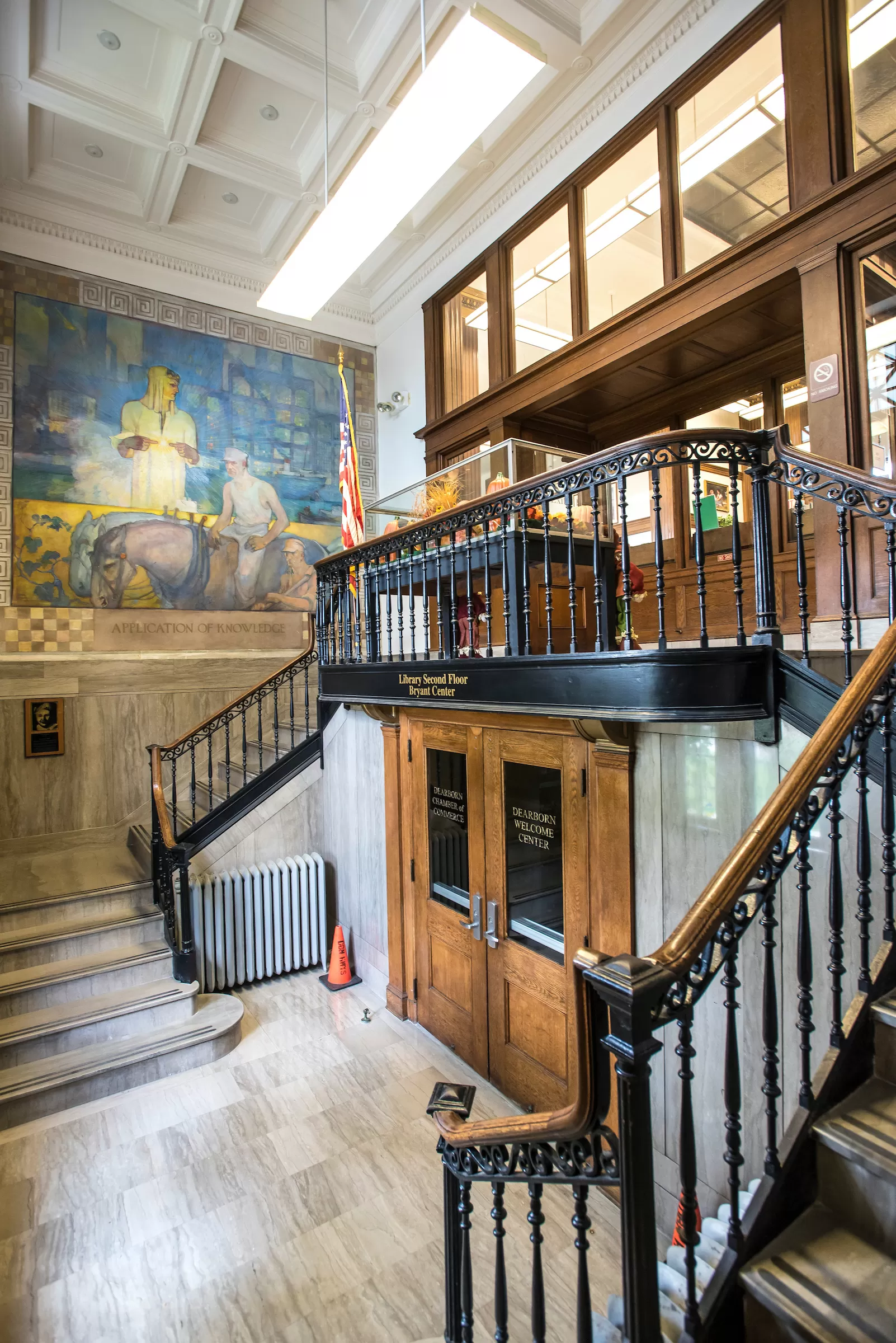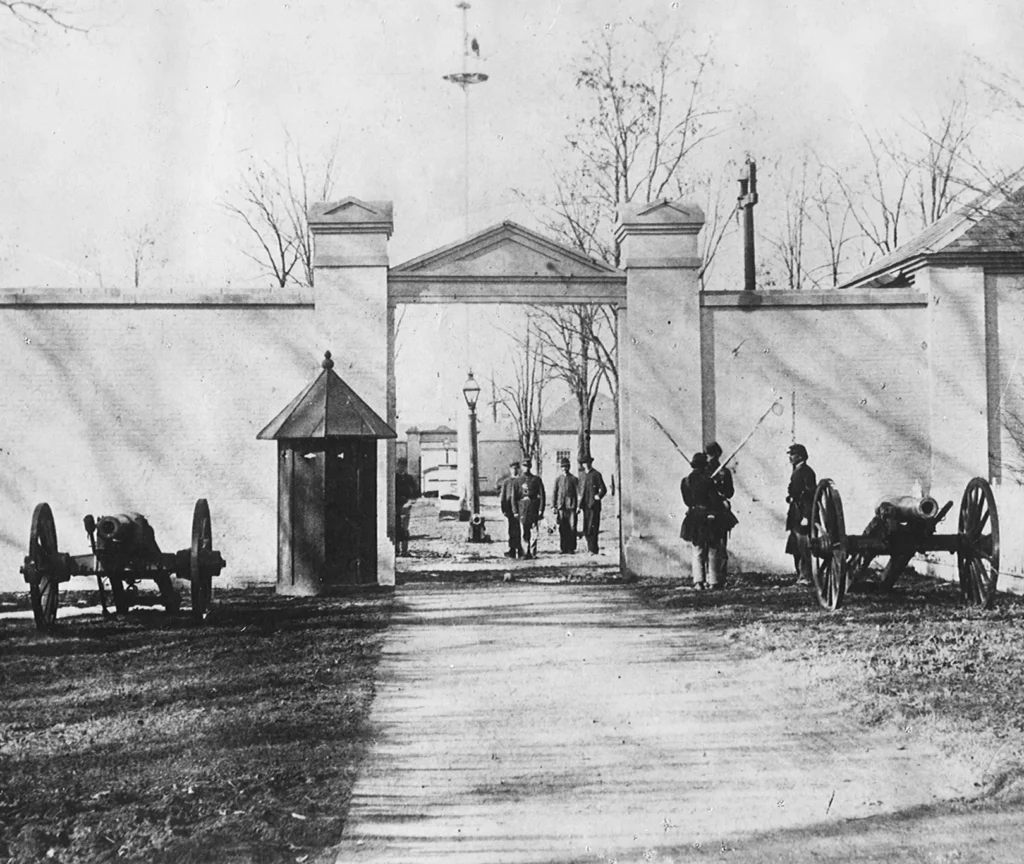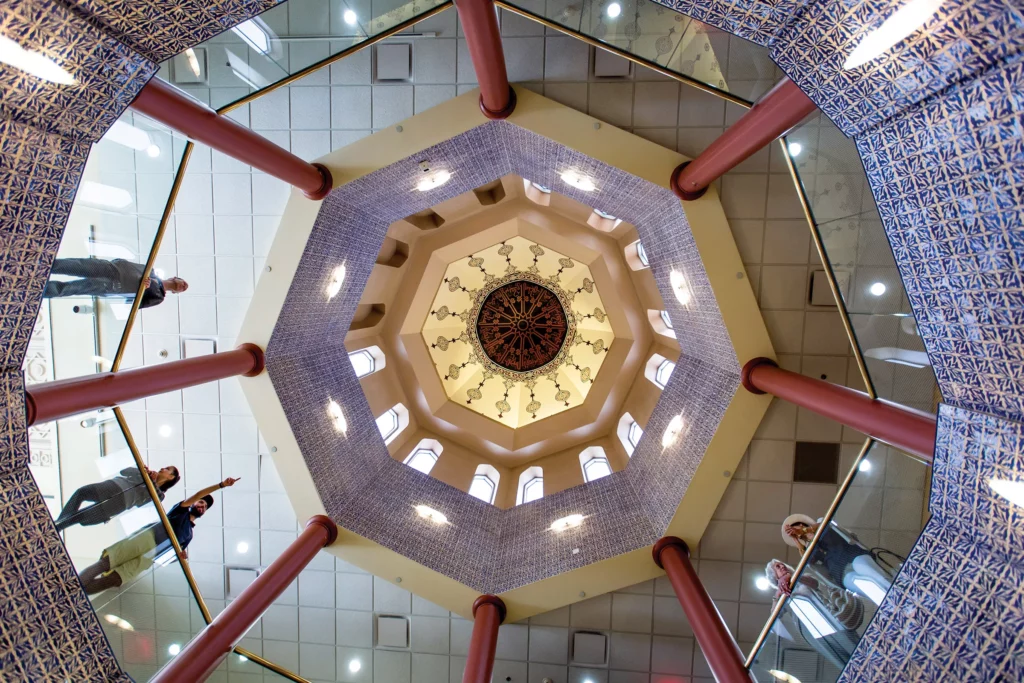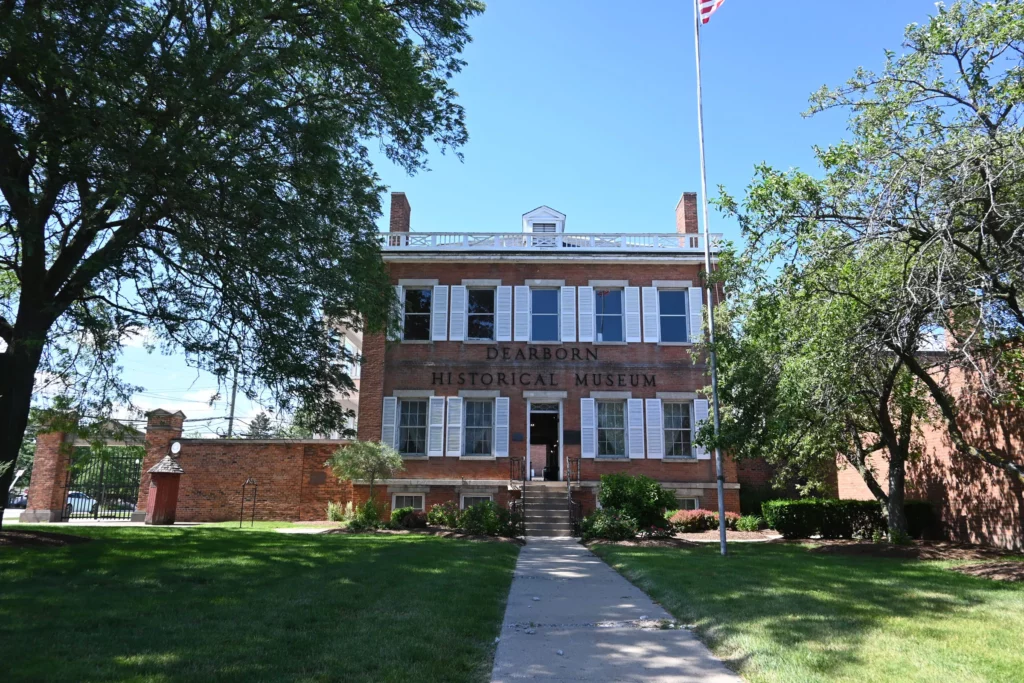
History
Dearborn’s history extends from Native nations to a diverse, thriving city with a strong manufacturing heritage.
Our History
From 18th century European farmsteads along the Rouge River and the Sauk Trail, a major thoroughfare used by Native nations, our community grew in the 19th century with the establishment of the Detroit Arsenal on the Chicago Road linking Detroit and Chicago. In the 20th century, Dearborn developed as a major manufacturing hub for the automotive industry. Born on a nearby farm, Henry Ford exerted a major influence on Dearborn’s development.
Dearbornville: The Region’s Weapons Stockpile
In 1832, the rapid growth of Detroit caused the United States military to relocate the Detroit Arsenal–a complex for storing and repairing weapons and munitions–outside of Detroit. The sparsely populated area outside of Detroit that was chosen as the new home for the Arsenal came to be known as Dearbornville in honor of Revolutionary War hero General Henry Dearborn.

Manufacturing Might
Dearborn’s rise as a center of industry began in 1917 with the building of the Ford Motor Company’s Fordson (later renamed River Rouge) Assembly Plant. Other auto-related manufacturing activity followed soon after. At its peak, the River Rouge complex employed 103,000 workers—slightly more than the entire residential population of Dearborn today. Today, final assembly of Ford F-150 trucks takes place at the Dearborn facility.

Two Downtowns, One City
The place we call Dearborn today is the result of the merger of two separate cities. On January 9, 1929, voters approved a charter to merge the cities of Fordson and Dearborn. Clyde M. Ford was sworn into office as Mayor of the consolidated Dearborn one week later. At the time of consolidation, Fordson (previously known as Springwells), with a population of 33,000, was by far the larger of the two. Dearborn’s population was 9,000.

A Proud Arab-American Heritage
People from many different countries and cultures have made Dearborn home. Dearborn’s diverse Arab-American communities have enriched the city for many decades. The very first came from what is present-day Lebanon in the 1890s. Many more came to work in the early decades of the 20th century in nearby Ford auto manufacturing facilities. New immigrants continue to arrive today, making further contributions to Dearborn’s remarkable culture and character.

Things To Do
Delightful Meets Diverse
Dearborn experiences come in all speeds, styles and flavors.


